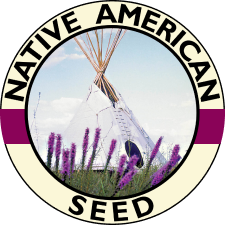A member of the Sunflower Family, Frostweed is a stiff, upright, perennial that is an extremely beneficial plant for many butterflies. When you have shade, this plant is a great choice. Stem is winged. Frostweed gets its name because the moisture in the stem does amazing things! With the first hard freeze, the stems will sometimes split and exude a sap that expands and solidifies into a showy mass of ice.
The Natives are Friendly
When you begin choosing plants that will attract butterflies it is important to remember that there are two types of food sources that butterflies depend upon; one is a larval food source and the other is a nectar source for the adult butterfly. Frostweed, Verbesina virginica, is truly an exceptional nectar source for butterflies. Along with the Liatris species, it is one of the few plants that bloom in late fall, the hottest part of the year, and continue blooming until frost. Pipevine Butterflies, Monarchs and Great Purple Hairstreaks are a few of the many butterflies that love the bountiful nectar of the Frostweed. It has been selected as a monitoring plant by Monarch Watch because of its importance as a nectar source for the Monarch butterfly. The Flowers form a white disc 3-6 inches across providing a mini buffet table for the butterflies. This biennial also known as White Crownbeard ranges in height from 3-6 ft tall. Last year the plants underneath my largest Live Oak were at least 6ft tall. This year without any rainfall and no supplemental water this same area has Frostweed that is only 2ft; maybe it will reach 3ft by fall. The stem is straight and un-branched until the flower heads appear. Frostweed has large leaves that are a dark green in color and Native Americans would roll them and smoke them in special ceremonies like tobacco. The Native Americans also used different parts of the plant to ease gastrointestinal symptoms mainly as a laxative, and they also believed that it would help the urinary tract and certain eye ailments. It is a stately robust plant and can dominate the area that it is planted in. It seems to love growing under my mature live oaks and pecan trees here in Junction and can be found growing throughout Texas in shade to part shade and in areas that are dry to moist. Its best use is in naturalized landscapes and you will be rewarded in the fall by the butterflies that will flock to it in droves. The first frost is when Frostweed performs a unique trick that is truly a marvel of nature. During the first frost the stem splits and as the sap oozes out of the winged stem it freezes and as it is freezing it curls into fascinating ribbons forming mini ice sculptures. The plant was named Frostweed because of this unique characteristic. Consider adding Frostweed to your habitat. It is a necessary nectar source especially in drought years like we are having now.





























